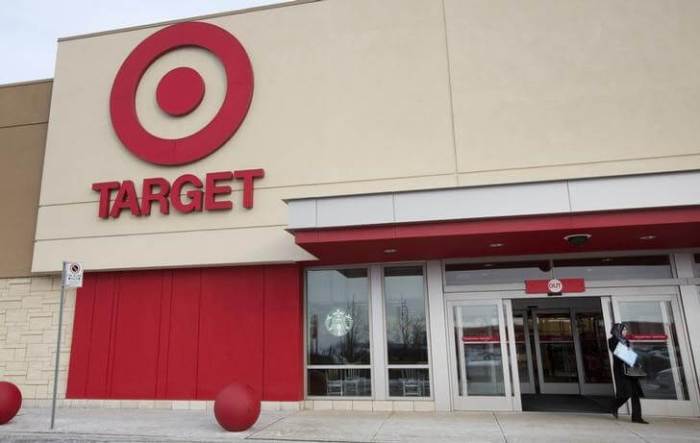Buried in debt? If so, you’re not alone. In fact, one 2014 Urban Institute study found that over a third of Americans in the U.S. have delinquent debt. For those who are ready to begin their debt repayment journey, the idea of digging themselves out of the hole can be an intimidating one. When it comes to getting on the other side of debt, there are two commonly used approaches. Is one better than the other? We’ll let you decide. Metro reached out to two real people who paid off a substantial amount of debt using each method. Pay off the lowest balances first
Approaching debt from the bottom up is how Deacon Hayes* paid off over $50,000 in just 18 months. Hayes and his wife, who were on the hook for credit cards, auto loans and student debt, took on the mission with intense focus. After researching all the options, Hayes ultimately decided to go with the “debt snowball” approach. Popularized by financial guru Dave Ramsey, the method is built around the idea of paying off your debts from smallest to largest – regardless of the interest rates. “When you’re tackling the smallest debt, you see the progress so much more quickly,” says Hayes, who documented his journey on his blog, Well Kept Wallet. “Seeing the debt melting away like that definitely motivated us and gave us more confidence that we were on the right path.” The snowball method has you focus all your debt repayment money on the lowest balance first, while continuing to make the minimum payments on all the others. Once the smallest account is closed, you then move onto the next, and so on. Critics of the debt snowball say that the approach will ultimately leave you paying more in interest. Even so, a 2012 study out of Northwestern University found that people who attack their smallest balances first are more likely to eventually eliminate all of their debt. The idea is that seeing the accounts closing and closing builds momentum and boosts confidence. Pay off the highest interest rates first
Using interest rates to guide your debt elimination is also known as the “debt avalanche.” The method prompts you to rank order your open accounts according to the highest interest rate. Similar to the snowball, you continue paying the minimum on all the accounts – except the one that has the highest rate, which is the one you hit with all your might. Grayson Bell, who runs the Debt Roundup blog, used the avalanche to pay off roughly $70,000 in credit card debt and auto loans. “What drew me to the method was the idea of getting out of debt sooner and paying less interest,” he says. For Bell, the journey to becoming debt-free took a little longer. While he was still at the starting line, he admittedly had nothing in savings and decided to simultaneously pay off his debt and save at the same time. Bell says that building his savings was critical in terms of changing his spending mentality. Four years after he started, Bell had fully pulled himself out of debt. “I ended up saving about $11,000 worth of interest by using the avalanche method instead of the debt snowball,” he says.
One supposed downfall of the avalanche approach is that since it takes longer to see the rewards of your hard work, it’s easier to get discouraged and give up.
“If you create milestones throughout the process, the avalanche really is the way to go because you can save a lot of money if you tackle the highest interest rates first,” says Bell.
*Deacon Hayes is of no relation to the author, Marianne Hayes
What’s the best way to pay off debt?

iStock

















